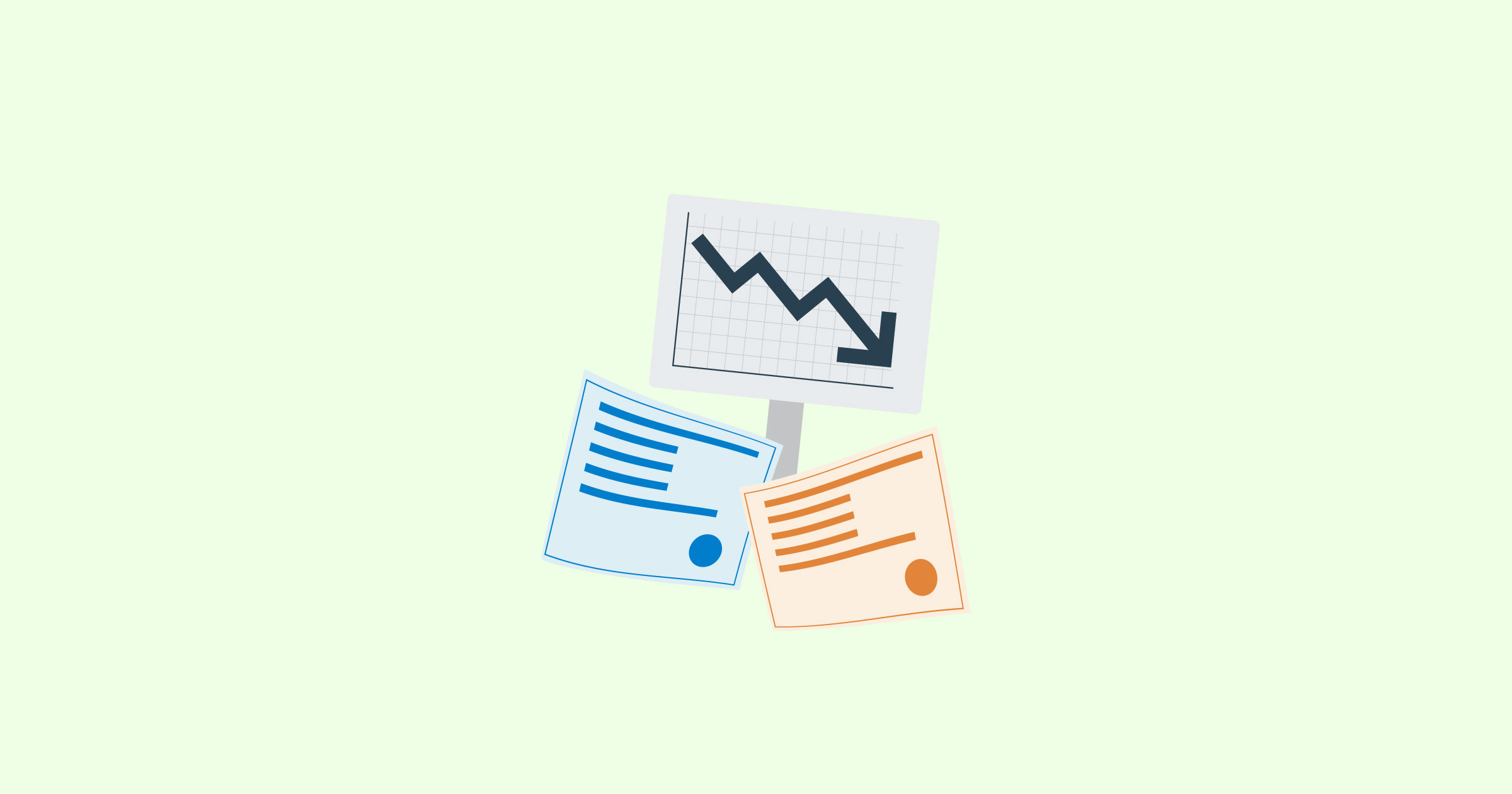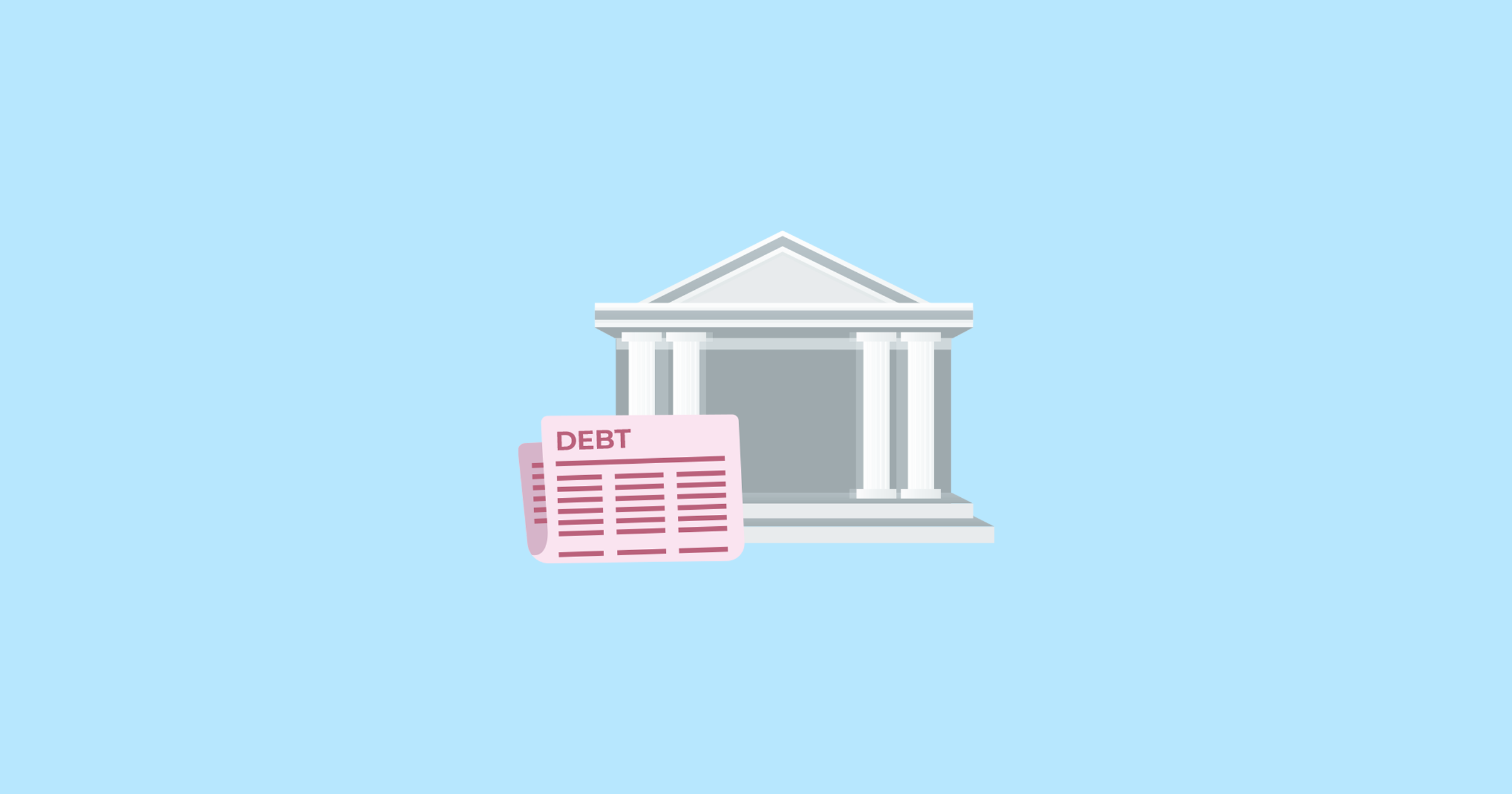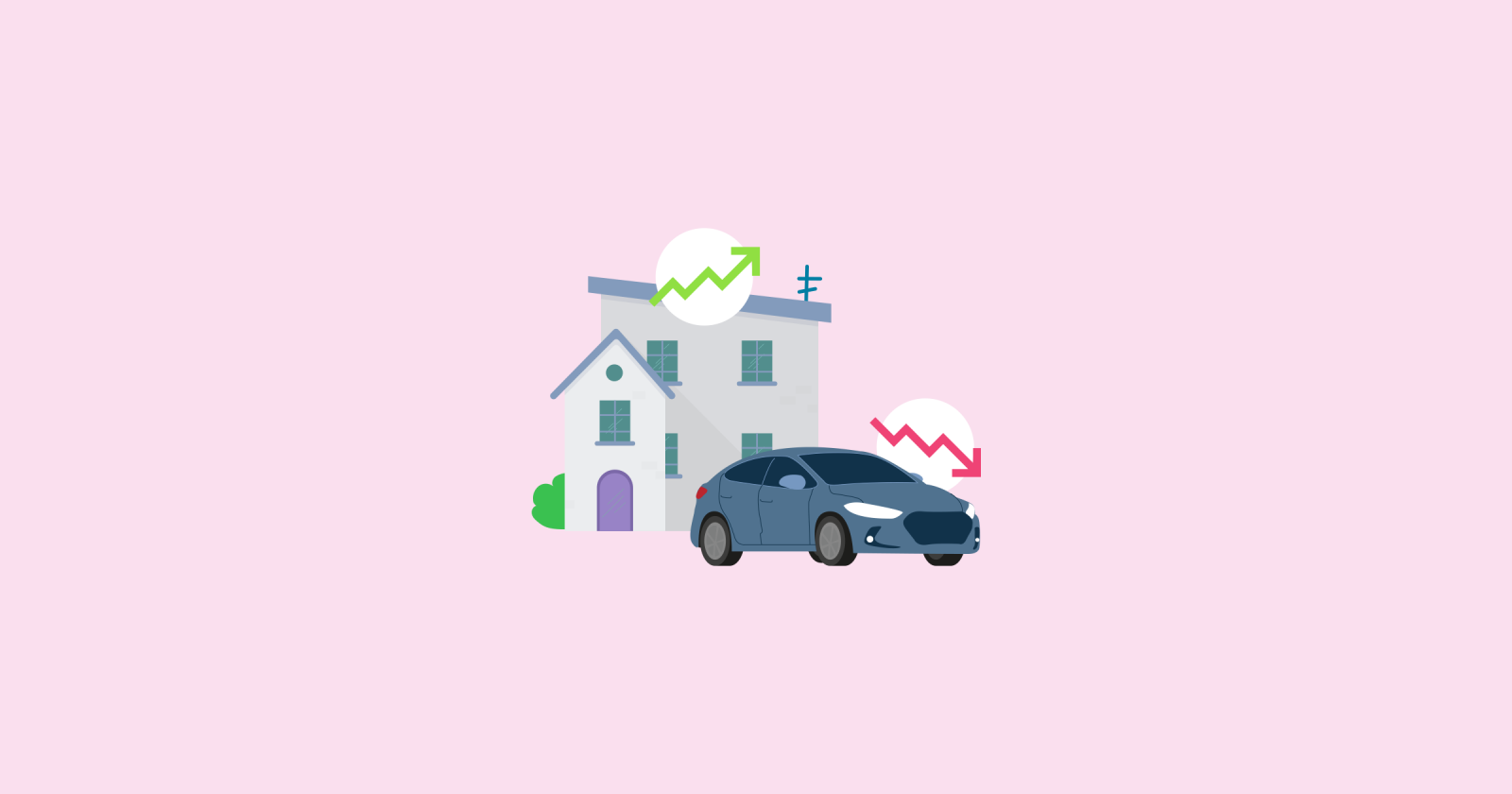A negative bond yield happens when a bondholder gets less money than they paid for a bond upon maturity.
Normally, buying a bond means you’re lending money to its issuer to earn periodic interest payments via coupons. You’ll get coupons on a regular schedule plus the original price or the face value of the bond once it matures.
If the sum of the interest and the face value is higher than your initial investment, the bond yield is positive. If it’s lower, then the yield is negative.
In short, negative bond yields mean investors lost money on bonds.
What causes negative bond yields?
Though unusual, there are some situations that may lead to negative bond yields. It can happen if you buy a bond on the secondary market at a price that is sufficiently higher than the face value.
When demand is high, bond prices will rise, and yields will fall. Demand for bonds can increase – driving higher prices – when investors expect to see lower interest rates in the coming months.
Investors may also shift to bonds when stock market performance is poor. Bonds have an advantage over stocks when it comes to potential risks and liquidity.
This is how you might end up paying more for bonds than you’ll receive from coupons and the face value at maturity.
However, purchasing bonds at a premium does not always bring a negative yield. You can still make a profit on maturity if the interest rate is high enough and its maturity isn’t happening too soon.
There are also negative-yield bonds with zero or below zero interest. While now rare, governments issue negative-yielding bonds as part of efforts to boost the economy during hard times.
To support economic growth, central banks set negative interest rates to encourage banks to increase lending instead of keeping money in deposits.
Why do investors buy negative-yielding bonds?
Some investors continue to buy bonds even if yields are likely negative. Though it seems illogical, here are a few reasons why this decision makes sense:
1. To minimize potential loss
During an economic downturn, investors may focus on preserving their capital instead of aiming for high returns. Times like these make bonds particularly attractive since they are considered safer than more volatile investments.
Even though investors can lose money on negative-yielding bonds, the loss might not be as bad as it could be with high-risk assets.
2. To meet asset allocation requirements
Fund managers may be required to buy bonds to diversify their portfolio. Certain pooled funds assign a portion of their investments to bonds regardless of the yield.
Even though fund managers understand that they are going to take a hit, the strategy leaves them with very little choice but to acquire bond instruments.
3. To resell for a higher price
When you buy a negative-yielding bond, its price could continue to rise especially amid economic turmoil. This presents an opportunity to sell the bond at a higher price than you paid for it.
Are negative bond yields bad?
By their name alone, negative bond yields sound like something to avoid at all costs. However, as an investor, it helps to know what you can do during uncertain times.
There may be instances when taking a small loss from a negative-yielding bond is better than losing more money by investing elsewhere. Of course, that’s a personal choice, and one that only you can make.
What’s important is you are always making informed investment decisions.




